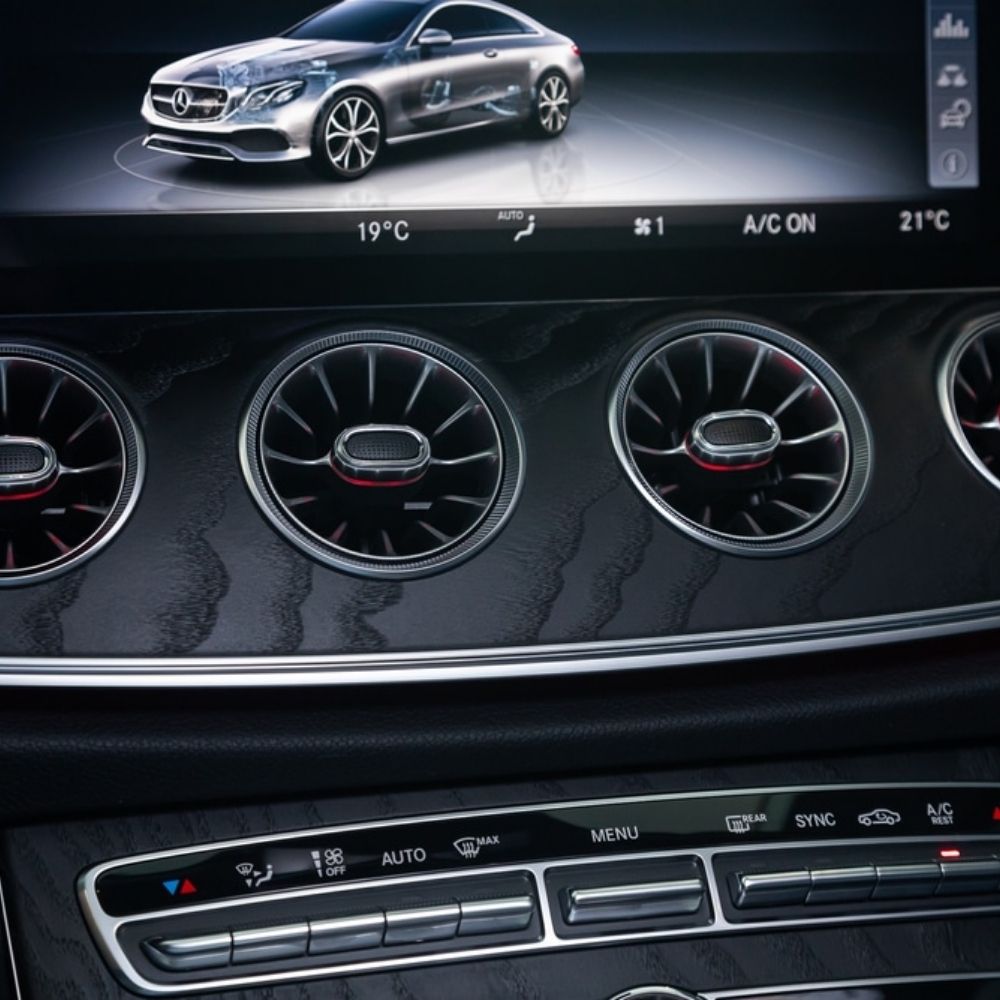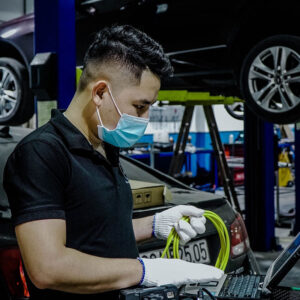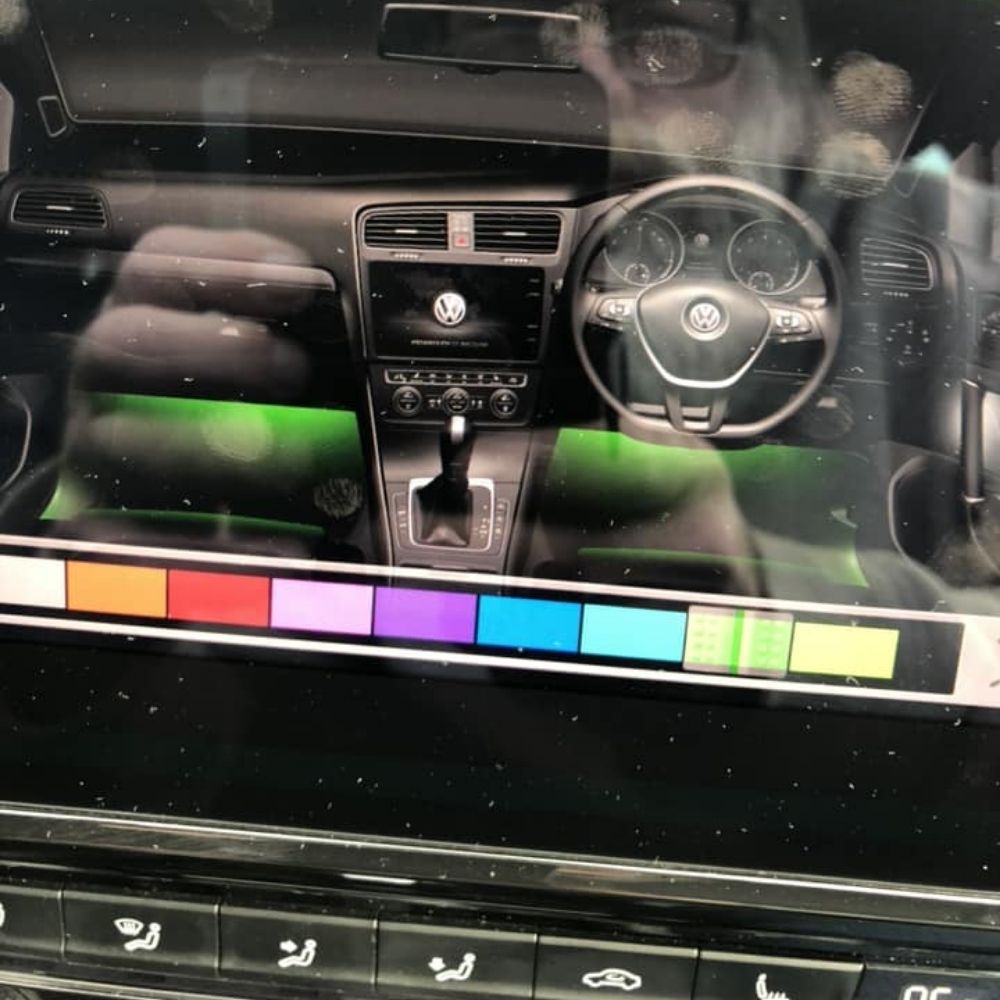
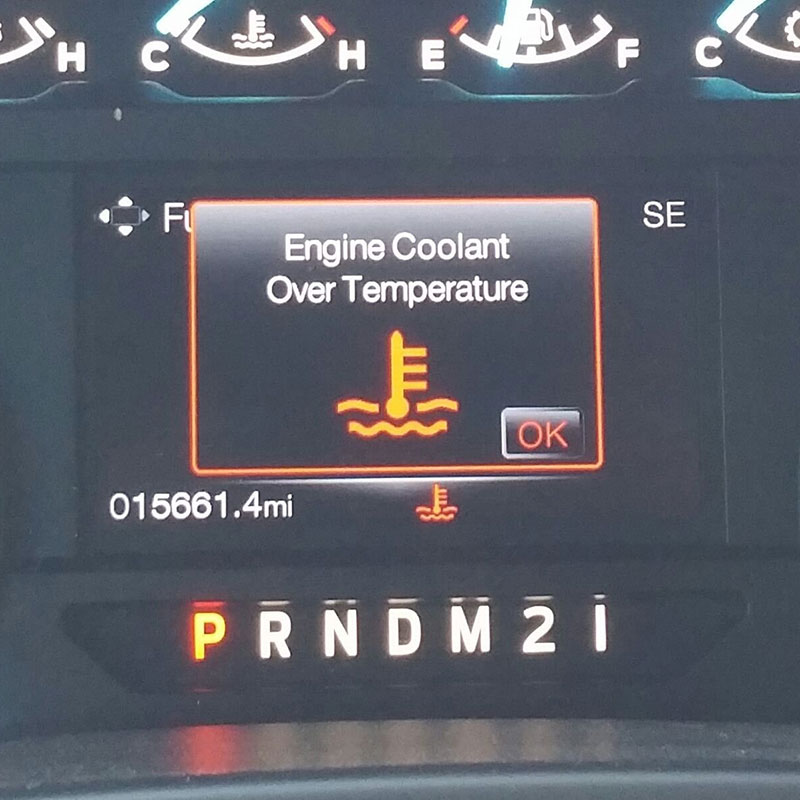
What Does Engine Coolant Over Temperature Mean?
Contents
- Understanding Engine Coolant Over Temperature
- Definition and Normal Operating Parameters
- How the Cooling System Works
- Common Causes of Engine Coolant Over Temperature
- 1. Cooling System Issues
- 2. Mechanical Component Failures
- 3. External and Environmental Factors
- Warning Signs and Symptoms
- Dashboard Indicators
- Physical Signs of Overheating
- Consequences of Ignoring Overheating Warnings
- What to Do When Your Engine Overheats
- Immediate Actions
- After Stopping the Vehicle
- FAQ
If your car’s dashboard suddenly lights up with a temperature warning, or you see steam billowing from under the hood, you’re likely dealing with an engine coolant over temperature issue. This isn’t something to ignore. Overheating can cause serious damage to your engine, leading to costly repairs. This article will explain what “engine coolant over temperature” means, why it happens, and what you can do about it.
Understanding Engine Coolant Over Temperature
Definition and Normal Operating Parameters
Engine coolant over temperature refers to a situation where the cooling system fails to maintain the engine’s temperature within a safe range, leading to overheating. Most modern vehicles operate at temperatures between 70°C to 105°C (160°F to 225°F). When temperatures exceed this range, the engine’s safety mechanisms, such as warning lights and temperature gauges, activate to alert the driver.
A red warning light on the dashboard—often shaped like a thermometer in liquid—signals a serious overheating issue. Additionally, the temperature gauge may rise to the “H” (hot) zone, indicating a critical situation.
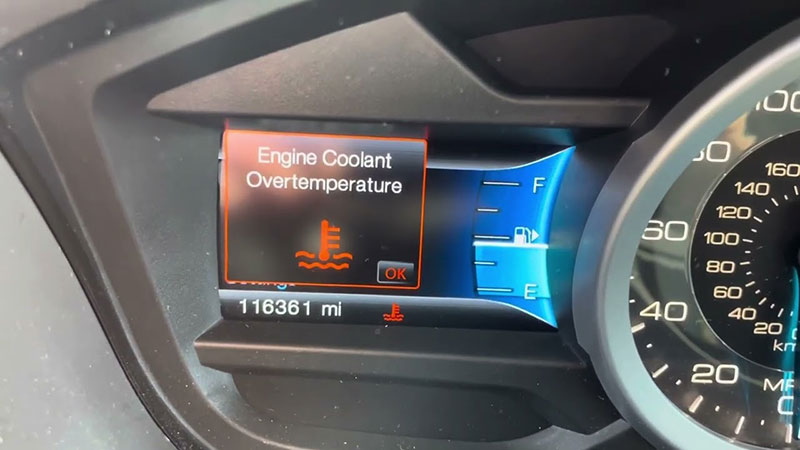
How the Cooling System Works
The engine cooling system regulates temperature through the circulation of coolant (a mixture of antifreeze and water). This fluid absorbs heat from the engine and releases it through the radiator. Key components, including the water pump, thermostat, and cooling fan, ensure efficient cooling. If any part fails, the coolant temperature rises dangerously, leading to an engine coolant over temperature warning.
Common Causes of Engine Coolant Over Temperature
1. Cooling System Issues
- Low Coolant Levels – Insufficient coolant reduces heat absorption, often caused by leaks in the radiator, hoses, or water pump.
- Coolant Leaks – Leaking coolant appears as puddles beneath the vehicle (often green, orange, yellow, or pink).
- Clogged Radiator – Dirt, debris, or mineral deposits block the radiator, restricting coolant flow and heat dissipation.
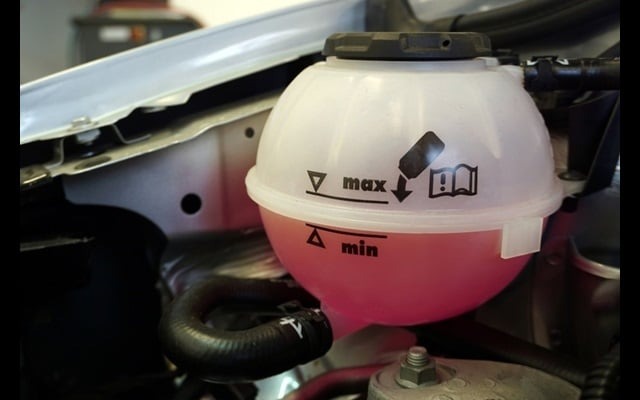
2. Mechanical Component Failures
- Water Pump Malfunction – A failing water pump prevents coolant circulation, leading to rapid overheating.
- Faulty Thermostat – If stuck closed, it blocks coolant flow, causing the engine to overheat.
- Radiator Fan Failure – A broken or malfunctioning fan reduces heat dissipation, especially in slow-moving traffic.
3. External and Environmental Factors
- Aggressive Driving – Hard acceleration, towing, or prolonged high-speed driving increases engine strain.
- Extreme Weather – High ambient temperatures make it harder for the cooling system to regulate engine heat.
- Low Engine Oil Levels – Oil reduces friction and heat. Insufficient levels can exacerbate overheating.
Warning Signs and Symptoms
Dashboard Indicators
- Red Temperature Warning Light – The most urgent alert requiring immediate attention.
- Temperature Gauge in “H” Zone – Indicates dangerously high temperatures.
- Check Engine Light – Sometimes accompanies overheating issues.
- Warning Messages – Some vehicles display messages like “Excessive Coolant Temp” or “Drive Slowly”.
Physical Signs of Overheating
- Steam from the Engine Bay – Indicates coolant is boiling or leaking.
- Sweet Smell – A distinct scent of ethylene glycol from leaking coolant.
- Engine Performance Issues – Power loss, rough running, or misfiring due to excessive heat.
Consequences of Ignoring Overheating Warnings
Ignoring an engine coolant over temperature warning can lead to severe engine damage:
- Blown Head Gasket – Can allow oil and coolant to mix, causing extensive damage.
- Warped Cylinder Head – Prevents proper engine sealing, leading to performance issues.
- Cracked Engine Block – In extreme cases, overheating can crack the engine block, requiring a full engine replacement.
- Damage to Hoses and Sensors – Prolonged overheating deteriorates essential engine components.
What to Do When Your Engine Overheats
Immediate Actions
- Turn on the Heater – Redirects some engine heat to the cabin, helping cool the engine.
- Reduce Engine Load – Slow down, avoid sudden acceleration, and turn off the AC.
- Find a Safe Stopping Spot – Pull over as soon as possible to prevent further damage.
- Turn Off the Engine – Stop the engine to allow it to cool naturally.
After Stopping the Vehicle
- Wait Before Opening the Hood – Hot coolant can cause severe burns. Wait at least 30 minutes before checking.
- Check Coolant Levels (When Cool) – If low, adding coolant may help, but the root cause must be addressed.
- Seek Professional Assistance – Do not continue driving if overheating persists.
Engine coolant over temperature is a serious warning condition that indicates your vehicle’s cooling system can no longer maintain safe operating temperatures. This situation demands immediate attention to prevent potentially catastrophic and expensive engine damage. Understanding the causes, recognizing the warning signs, and knowing the appropriate responses can help mitigate damage and ensure safety when facing this critical automotive emergency.
FAQ
- What is engine coolant? Engine coolant is a mixture of water and antifreeze that helps regulate your engine’s temperature.
- How often should I check my coolant level? It’s a good idea to check your coolant level at least once a month.
- Can I use just water as coolant? No, using just water can lead to corrosion and freezing in cold weather. Always use a mixture of water and antifreeze.
- What should I do if my engine overheats while driving? Pull over safely, turn off the engine, and let it cool down before checking the coolant level.
- How much does it cost to fix an overheating engine? The cost depends on the underlying cause. It could range from a simple coolant top-up to more expensive repairs like replacing the water pump or radiator.
- How can I prevent my engine from overheating? Regular maintenance, including coolant flushes and inspections of hoses and belts, is key to preventing overheating.
- Is it safe to drive with an overheating engine? No, driving with an overheating engine can cause serious damage.
.


How to Perform 7 Speed DSG Basic Settings with ODIS on Skoda Octavia
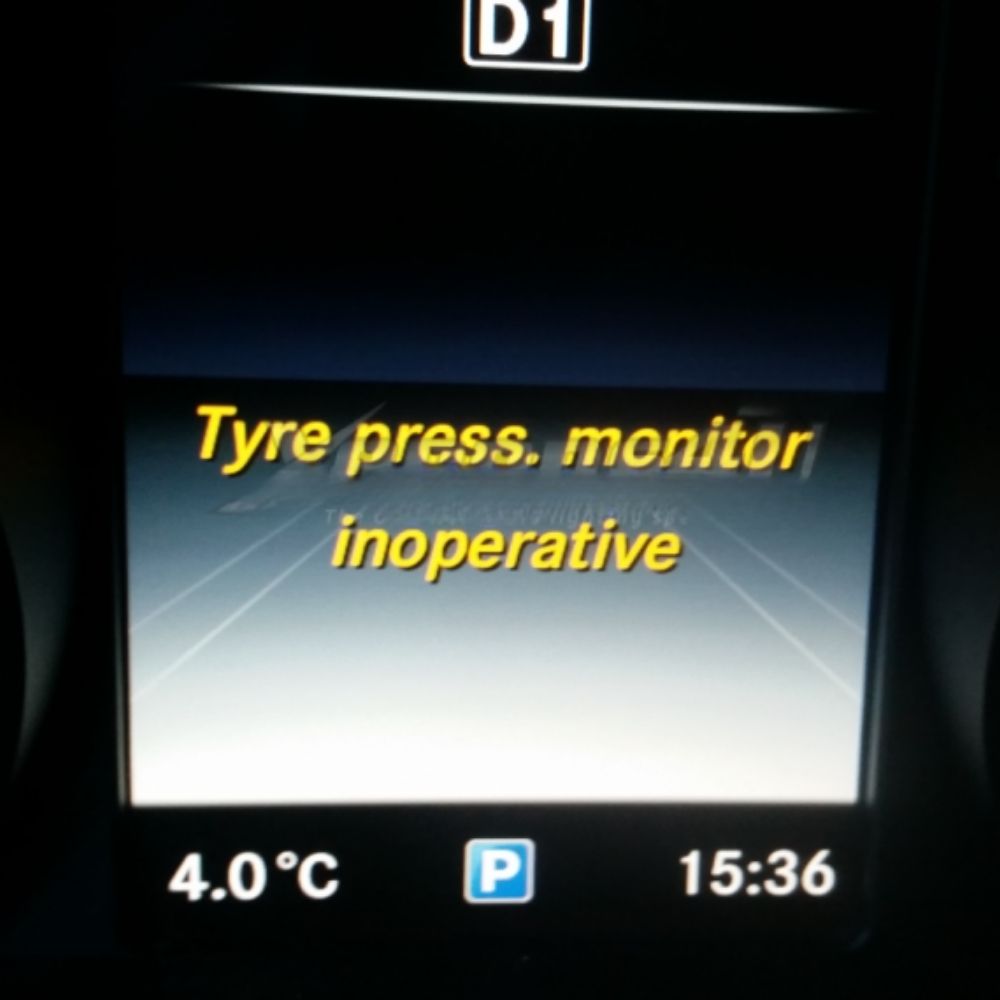
How do you fix a Tire Pressure Monitor Inoperative Mercedes
